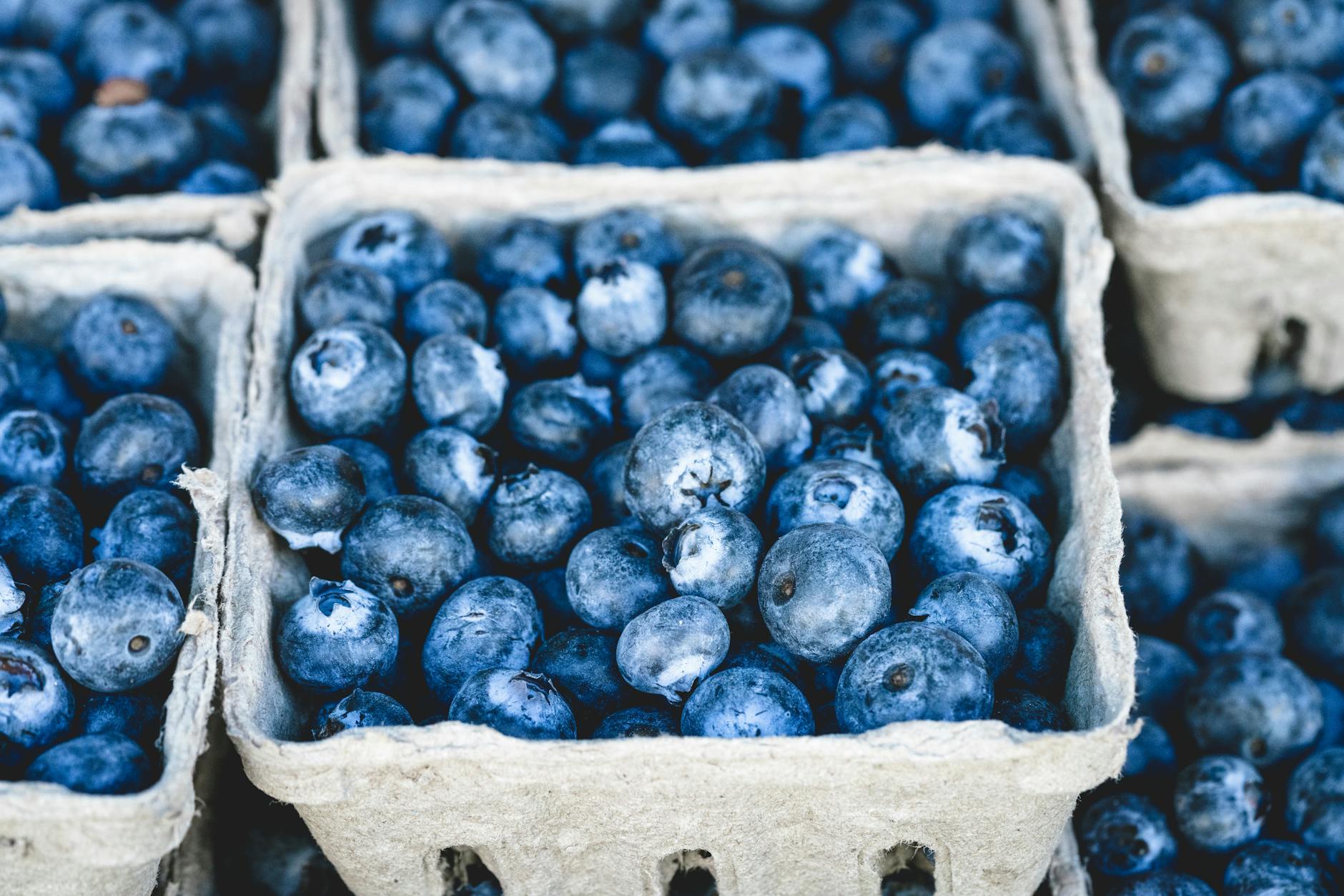The world of cannabis is a broad and diverse one, teeming with a plethora of Cannabis strains that offer a myriad of effects, tastes, and aromas. Understanding their properties and how they impact one’s mind and body is pivotal in choosing the right strain, whether for recreational preferences or the potential medical benefits.
At their core, cannabis plants fall into three primary categories: sativa, indica, and hybrid. It’s the genetic makeup of these strains and their variables, such as different THC levels, CBD content, and terpenes, that sets them apart and influences their unique traits.
The Fierce Debate: Indica vs Sativa
Indica strains are often recommended for night time use due to their typically calming and soothing effects. On the contrary, sativa strains are more energetic and uplifting, making them ideal for daytime use.
Indicas are known for their relaxing physical effects that can help with relaxation and sleep. These strains may also aid in alleviating pain and battling anxiety. Notable indica strains include Northern Lights, Blueberry, and Granddaddy Purple.
Sativas, however, are celebrated for their more cerebral effects, playing a significant role in mood elevation and potentially boosting creativity. They have a lighter, fruitier aroma, and popular strains under this category include Strawberry Cough, Jack Herer, and Green Crack.
Hybrid Strains: The Best of Both Worlds
Hybrid strains are the product of crossbreeding between indica and sativa strains, designed to bring together favorable characteristics from both. These strains are tailored to offer a balanced effect, making them a good choice for users looking for a bit of both worlds. Think strains like Blue Dream, Girl Scout Cookies, and Pineapple Express.
All About Cannabinoids: THC Levels and CBD Content
Cannabinoids play a crucial part in the effects of cannabis, with THC levels and CBD content being primary indicators of potency. THC (tetrahydrocannabinol) is the psychoactive component responsible for the ‘high’ sensation, while CBD (cannabidiol) is a non-psychoactive component known for its potential therapeutic benefits like reducing anxiety, inflammation, and pain.
The Terpenes Twist
Terpenes are vital yet often overlooked constituents of the cannabis plant. They contribute largely to the aroma and flavor profiles of different strains, but they also act synergistically with cannabinoids to augment the cannabis experience. Limonene, for instance, gives a citrusy aroma, while myrcene provides a earthy and musky scent.
Effects on Mind and Body
Each strain can have different effects on the mind and body depending upon its chemical makeup and the individual’s personal physiology. This can range from euphoria and creativity stimulation to relaxation and pain relief. Users should experiment with different strains and their effects to find what suits them the most.
Strain Selection: Medical Benefits and Recreational Preferences
Different strains serve different purposes and based on strain selection, cannabis does offer myriad potential medical benefits. Studies suggest that it can assist in the management of chronic pain, reduce inflammation, and even alleviate mental health disorders like anxiety and PTSD. On the flip side, cannabis can also be used for recreational purposes, creating euphoria, laughter, and even heightened sensory experiences.
In conclusion, the world of cannabis is rich, varied, and full of potential. Understanding these different strains, their THC levels, CBD content, terpenes, and their effects on the mind and body is key to finding the perfect fit for your needs, whether they’re medicinal or recreational.

